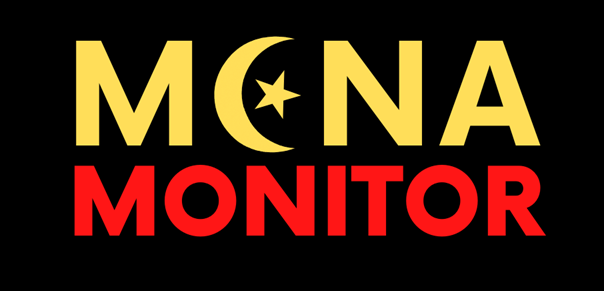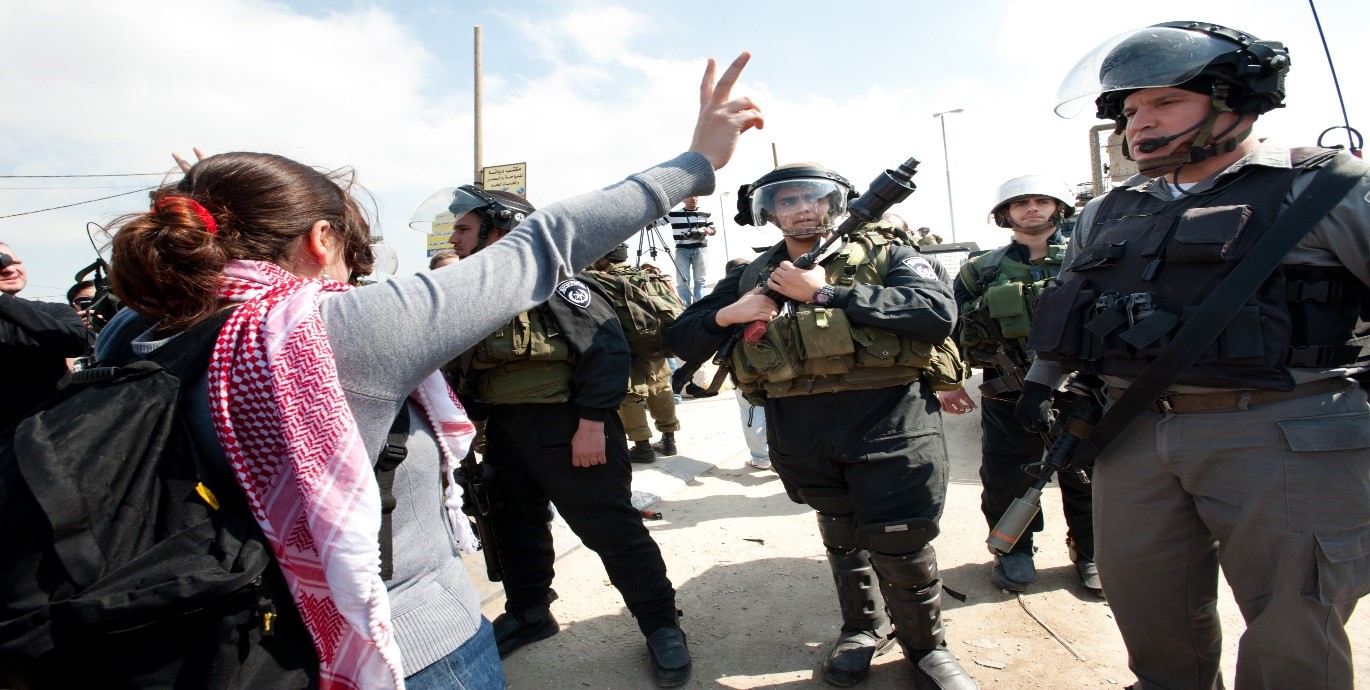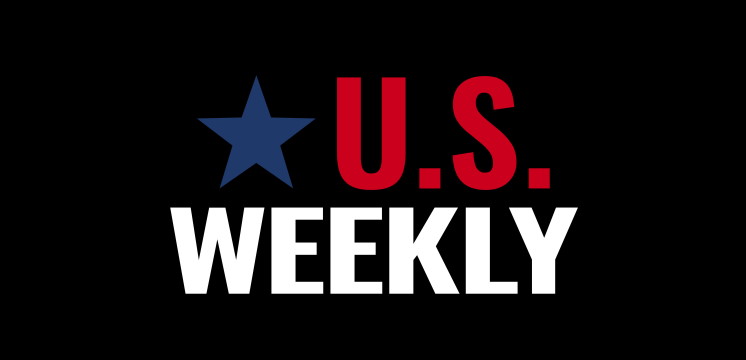
MENA Monitor focuses on the Middle East and North Africa region, analyzing the most important events happening in the area stretching from Morocco to Iran, their consequences for neighboring countries and their impact on the world’s situation.
Date: 14 October 2021 Author: Michał Przygoda
A Pyrrhic Victory for Israel
In recent months, there have been protests by the Muslim population which have rapidly taken on a tense, aggressive and violent character. Arabs clashed with the law enforcement forces and there have been reports of individual incidents of violence against the Jewish population. On the other hand, a march was organized by Jewish nationalists in Jerusalem, who attacked counter-demonstrators. Over time, the clashes developed into a large-scale incident, with Arab youths confronting the police, resulting in dozens of officers and several hundred young people being injured.

Delving into the subject of the Israeli-Palestinian conflict, which has lasted in various forms since the middle of the 20th century, one can come to the conclusion that, just as in the case of other conflicts taking place in the Middle East, it is almost impossible to resolve it without the participation of countries of international importance. Even with their involvement, breaking the deadlock in relations between Israel and Palestine seems unrealistic. The escalation of the conflict is now over, but the clashes are almost certain to resume.
In May 2021, the reason for the outbreak of armed hostilities between Palestine and Israel was the expulsion of Palestinians from their homes in East Jerusalem by a decision of the Supreme Court (the homes were located on land that belonged to Jewish religious organizations before 1948), and the restriction imposed on the number of Muslims allowed to pray during Ramadan at the Al-Aqsa Mosque on the Temple Mount. The reaction to these events was impulsive and non-political; it was a natural consequence of the policy that Israel had been pursuing towards Palestine for years.
The clashes escalated into an open conflict between Hamas and Israel, which in many ways resembled the clashes that took place in previous years. Israel’s overwhelming military superiority was manifested in its decisive technological advantage, which in turn contributed to the precision of the attacks and the effective execution of combat tasks. Of great importance was the Iron Dome – a modern defense system designed to intercept rockets fired from the territory of Gaza[1].
Iron Dome guarantees effective defense against Hamas air strikes, provides comfort in the implementation of military objectives and allows Israel to focus on offensive operations. It is worth mentioning that Israel’s main goal is to reduce the combat capabilities and military potential of the Palestinian organization, not to take over areas under its jurisdiction.
The military capabilities of the Islamic Resistance Movement have also changed, although not as much as those of its Israeli opponents. During the 11-day conflict, about 4,300 rockets were fired, which is a much higher frequency of attacks than in 2014, when 4,500 rockets were fired in 50 days[2]. Therefore, it could be said that the conflicting states have been continuously developing their military potentials, while maintaining a visible disparity. The Gaza Strip further deepened in crisis with Israel’s operation codenamed “Guardian of the Walls,” in which nearly 500 Hamas-linked targets throughout the Strip were destroyed[3].
The offensive actions conducted by Hamas were related to the parliamentary elections scheduled for the end of May and the July presidential elections. However, Mahmoud Abbas, the president of Palestine, decided to cancel them due to fear of the growing position of Hamas, which was irritated by the president’s argument that Israel would not agree to hold the vote in East Jerusalem[4].
Through its actions, the Islamic Resistance Movement has gained the approval of Palestinians inside the country and strengthened its position. In addition, it has drawn the eyes of the world (including other Arab countries, which are on good terms with Israel) to its activities in the Jerusalem area[5]. At the cost of destroyed infrastructure, worsening hunger, poverty and the deaths of many civilians, it has gained support inside the country, while provoking the Middle East Quartet to take a stand in the ongoing conflict. Saudi Arabia, the United Arab Emirates, Jordan, Oman and the Organization of Islamic Cooperation have also strongly condemned Israeli actions in Jerusalem[6].
The conflict ended relatively quickly, after 11 days, but it leaves a lot of question marks that can be considered from multiple angles. What will the situation inside Palestine look like in the face of the weakening position of the Palestinian Authority, strengthened by the additional support of Hamas? How will Israel’s actions affect its relations with other states? It seems that despite the military defeat, massive destruction and civilian deaths in the Gaza Strip, the winner is Hamas, which through a wave of criticism of Israel’s actions and discouraging Palestinians from the weak and dependent Palestinian Authority, has significantly strengthened its position.
It makes one wonder if the political discourse conducted by Israel towards Palestine may change. Under the Iron Dome, Israeli citizens may feel safe, but the conflict has moved into the multicultural areas of Israel, where Israeli police have arrested ca. 2,000 people in Lod, Ramla, Akka, Haifa, Jaffa and Tiberias, among others. The greater the Israeli offensive in Gaza, the more popular Hamas becomes, so the escalation of the conflict that took place in May will certainly not be the last in the history of disputes between the two states[7].
[1] https://www.rp.pl/Konflikt-izraelsko-palestynski/305239968-Izrael—Palestyna-w-zawieszeniu.html [Retrieved on August 12, 2021].
[2] https://www.osw.waw.pl/pl/publikacje/analizy/2021-05-12/eskalacja-konfliktu-izraelsko-arabskiego [Retrieved on August 12, 2021].
[3] Ibidem
[4] Ibidem
[5] https://www.rp.pl/Konflikt-izraelsko-palestynski/305239968-Izrael—Palestyna-w-zawieszeniu.html [Retrieved on August 12, 2021].
[6]https://wyd.edu.pl/images/Czasopisma_naukowe/zblizeniacywilizacyjne20161/ZCXII22016/03_ZC2016XII2Godziski1.pdf [Retrieved on August 12, 2021].
[7] https://www.europarl.europa.eu/sides/getDoc.do?pubRef=-//EP//NONSGML+IM-PRESS+20070604STO07371+0+DOC+PDF+V0//PL&language=PL [Retrieved on August 12, 2021].
Support Us
If content prepared by Warsaw Institute team is useful for you, please support our actions. Donations from private persons are necessary for the continuation of our mission.
All texts published by the Warsaw Institute Foundation may be disseminated on the condition that their origin is credited. Images may not be used without permission.














